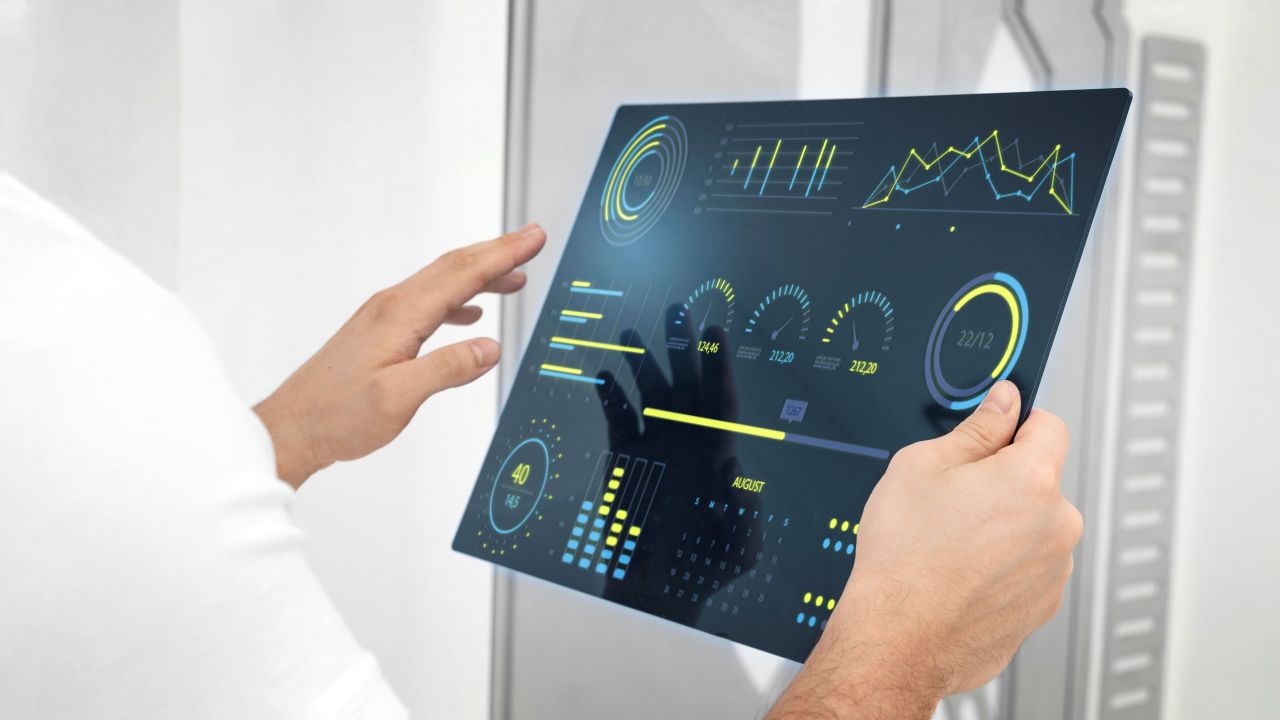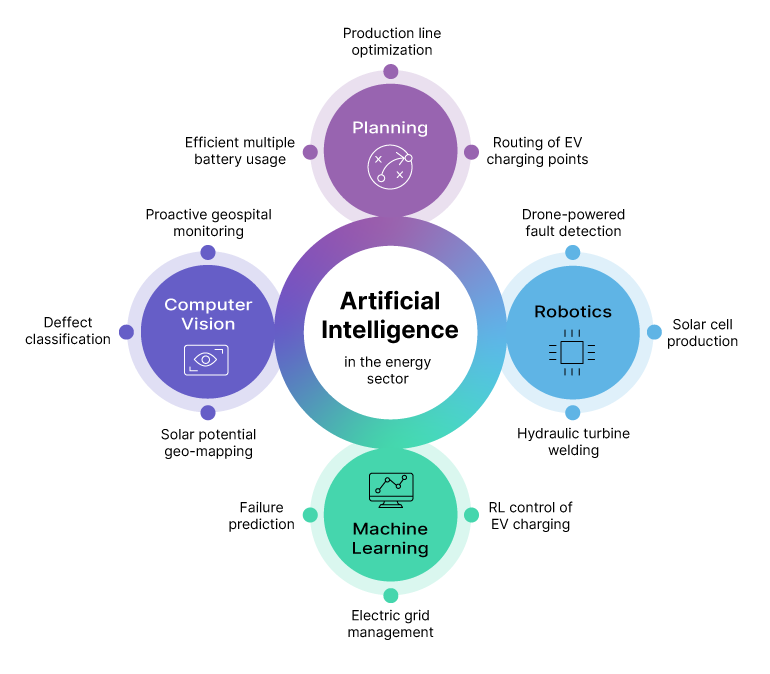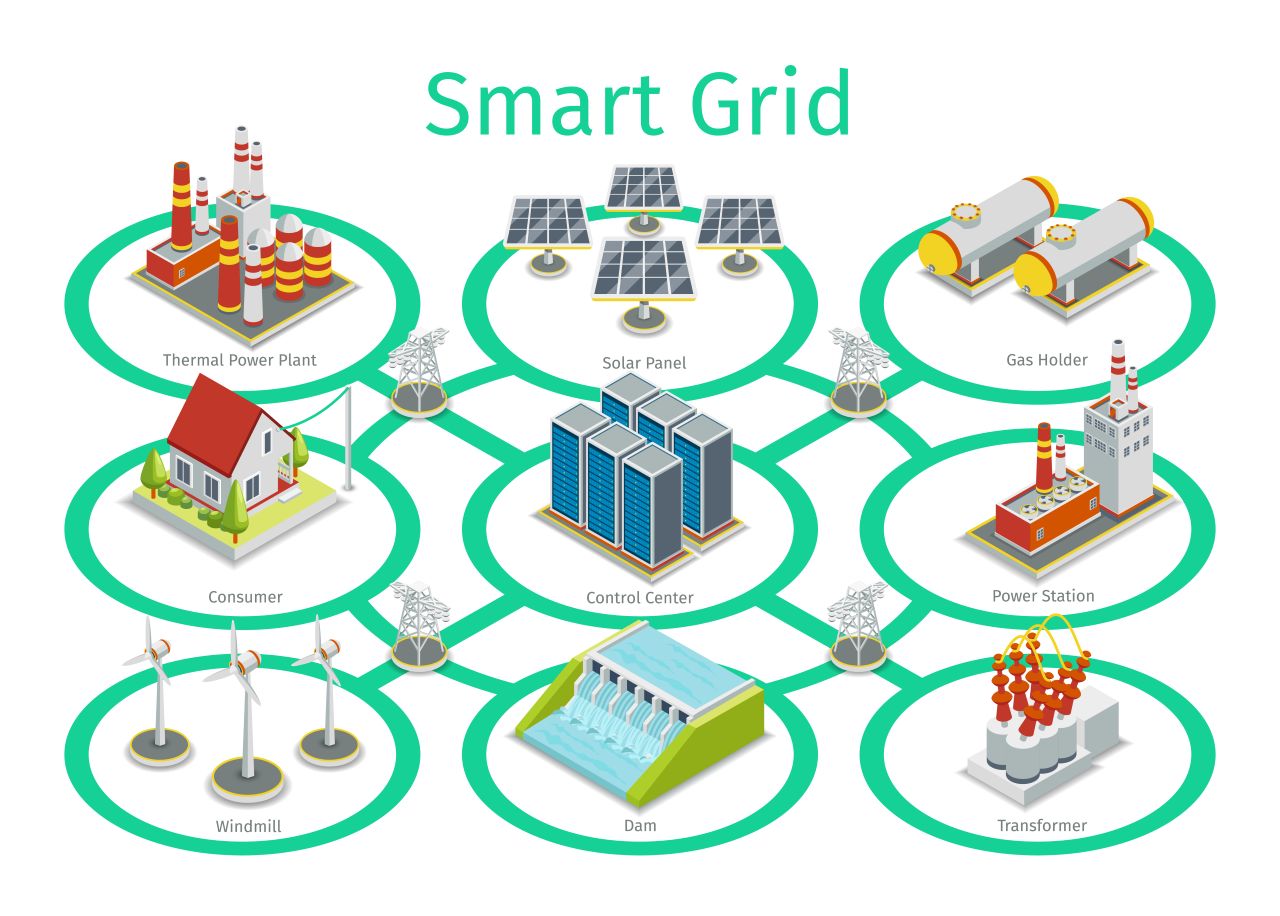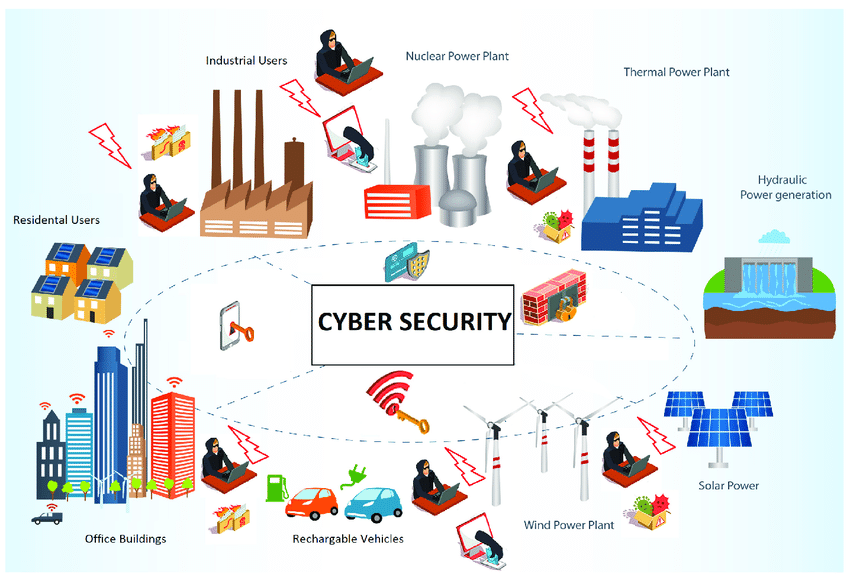Introduction
The global demand for energy efficiency, sustainability, and smart infrastructure is accelerating the adoption of Internet of Things (IoT) technologies in energy management systems (EMS). IoT enables real-time data collection, remote monitoring, predictive analytics, and intelligent control of energy systems across residential, commercial, and industrial sectors. As digital transformation reshapes how we produce and consume energy, IoT has become the cornerstone of modern EMS solutions.
Looking ahead to 2025, IoT is expected to evolve beyond basic connectivity to enable intelligent, autonomous, and highly responsive energy ecosystems. With advances in AI, edge computing, and smart grid integration, the coming years will witness a new generation of energy management systems that are more adaptive, secure, and efficient. This article explores the top technology trends poised to redefine energy management through IoT in 2025 and beyond.
1. Real-Time Energy Monitoring and Analytics
One of the most impactful benefits of IoT in EMS is the ability to capture and analyse real-time data from connected devices and sensors. In 2025, real-time monitoring will become even more precise and accessible, enabling businesses and households to visualize their energy consumption patterns instantly.
These insights empower users to make timely, informed decisions that reduce waste and improve efficiency. Advanced analytics platforms are now capable of identifying abnormal consumption trends, suggesting corrective actions, and helping operators avoid costly downtime or energy overuse.

2. AI and Machine Learning Integration
AI and ML are increasingly integrated with IoT devices to create intelligent EMS ecosystems. These systems learn from historical data, predict usage patterns, and automate energy-saving decisions based on contextual factors like weather, occupancy, and production schedules.
In 2025, we will see more autonomous energy management processes where machines adapt in real time without human intervention. This evolution not only improves accuracy but also reduces manual effort, allowing organizations to optimize energy usage with minimal oversight.

3. Edge Computing for Faster Decision-Making
As the number of connected devices grows, processing all data in the cloud can introduce latency and increase bandwidth costs. Edge computing is solving this by bringing data processing closer to the source—at the device or gateway level.
In 2025, IoT-driven EMS will increasingly use edge computing to deliver faster, localized decisions that enable real-time response to energy demands. This will be especially crucial in industrial and commercial settings where milliseconds can impact efficiency and safety.
4. Smart Grid Integration and Demand Response
The integration of IoT-based EMS with smart grids is becoming more seamless. IoT devices can now communicate directly with utility providers, enabling dynamic demand-response programs that balance energy supply and demand in real time.
By 2025, smart grids and EMS platforms will work in harmony to adjust energy consumption during peak periods, optimize load distribution, and support grid resilience. This bidirectional communication will play a pivotal role in stabilizing energy infrastructures amid growing global demand.

5. Enhanced Cybersecurity for Energy IoT Networks
With increased connectivity comes a heightened need for robust cybersecurity. Energy IoT networks, if compromised, can pose significant threats to national infrastructure and private operations alike.
As we move into 2025, cybersecurity will be a top priority in EMS design. IoT systems will adopt advanced encryption protocols, AI-driven threat detection, and blockchain-based transaction validation to ensure the integrity and security of energy data and systems.

6. Integration with Renewable Energy Sources
IoT is bridging the gap between traditional energy infrastructure and renewable sources like solar, wind, and hydro. Smart inverters, weather sensors, and IoT-enabled battery storage systems allow for better control and forecasting of renewable energy production.
By 2025, energy management systems will be designed to seamlessly integrate and optimize renewable energy inputs. This will not only support sustainability goals but also ensure consistent energy availability even with fluctuating renewable sources.
7. Home and Building Automation
Smart homes and buildings are rapidly adopting IoT-powered EMS to automate lighting, HVAC systems, appliances, and more. In 2025, these systems will become even more intuitive, using occupancy sensors, voice commands, and AI preferences to tailor energy use.
With growing adoption of energy-efficient construction practices and green certifications, IoT-based building energy management systems (BEMS) will become a norm, providing energy transparency, cost control, and sustainability.

Conclusion
As the energy landscape becomes more dynamic and decentralized, IoT will play a critical role in enabling smarter, greener, and more resilient energy management systems. The trends shaping 2025 point to a future where data-driven insights, automation, and integration with renewable energy sources will drive both performance and sustainability. Businesses and individuals alike will benefit from reduced energy costs, enhanced control, and improved environmental outcomes.
Organizations that embrace these IoT advancements early will not only meet regulatory and efficiency targets but also gain a strategic edge in a highly competitive, eco-conscious world. The evolution of IoT in energy management is not just a technological shift—it's a pathway to a more sustainable and intelligent future.
